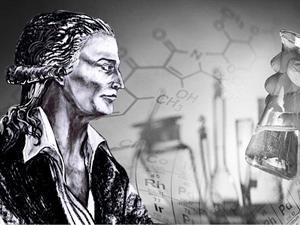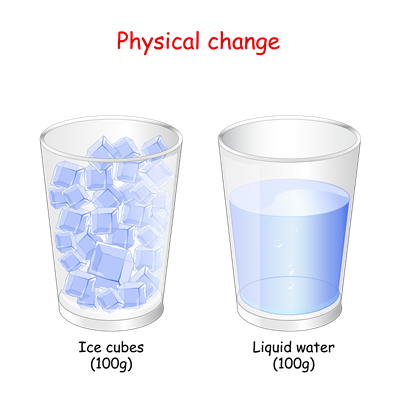
PUMPA - SMART LEARNING
எங்கள் ஆசிரியர்களுடன் 1-ஆன்-1 ஆலோசனை நேரத்தைப் பெறுங்கள். டாப்பர் ஆவதற்கு நாங்கள் பயிற்சி அளிப்போம்
Book Free DemoInformation conveyed by a balanced chemical equation:
A chemical equation provides qualitative information such as the names, symbols, and formulae of the reactant molecules involved in the reaction and those of the product molecules formed.
- Physical properties of the reactants and products.
- Heat changes (heat liberated or heat absorbed) go with the chemical reaction.
- Temperature, pressure, catalyst, and other conditions under which the reaction occurs.
- The concentration of the reactants and products (dilute or concentrated).
- The reactions speed.
Laws of chemical combinations:
In the quantitative measurements of many reactions, chemical combinations noted that specific laws govern the reactions between various substances. These laws are referred to as laws of chemical combination.
Some of the laws are given below:
- Law of conservation of mass
- Law of constant proportion
- Law of multiple proportions
- Gay Lussac’s law of gaseous volumes
In\(1774\), French chemist Lavoisier said that 'the law of mass conservation relates to the mass of reactants and products during chemical reactions'.

Antoine Lavoisier
Law of conservation of mass: Scientists observed the chemical experiments and stated that the mass of the reactants at the beginning of a reaction would be equal to the product's mass at the end of the reaction. This law is also known as the Law of Mass Indestructibility.
Note: Some quantity of mass is converted as heat and light energy, so it can't be calculated with mass.
Atoms cannot be produced or destroyed in a chemical reaction.
i). A simple example of this law can be shown with the help of the melting process.
\(100\) g of ice cubes in a glass will become liquid when allowed to melt. According to this law, mass of both the starting and ending substance will be equal.
\(100\) g of ice cubes in a glass will become liquid when allowed to melt. According to this law, mass of both the starting and ending substance will be equal.
Let's do an easy experiment to prove this law.
Example:
Step 1: Take 1 litre of water in a conical flask.
Step 2: Also, take \(5\) ml of salt solution in a test tube.
Step 3: Now tie the test tube with a thread, leave it inside the conical flask, and seal it.
Step 4: Mix the test tube solution with the water in the conical flask.
Step 5: Now, remove the thread and the test tube after the complete transfer of liquids.
Step 6: Let's now weigh the weight of the conical flask.

Observation: The mass of the reactants is equal to that of the products formed.
Result: The law of conservation of mass is being proved with this experiment. Because the starting weight of the reactant is \(1.00500\) litres, it is similar to the final product weight after the reaction.
Similarly, we can also prove this by checking the reaction between other chemicals such as barium chloride with copper sulphate, lead nitrate, etc.